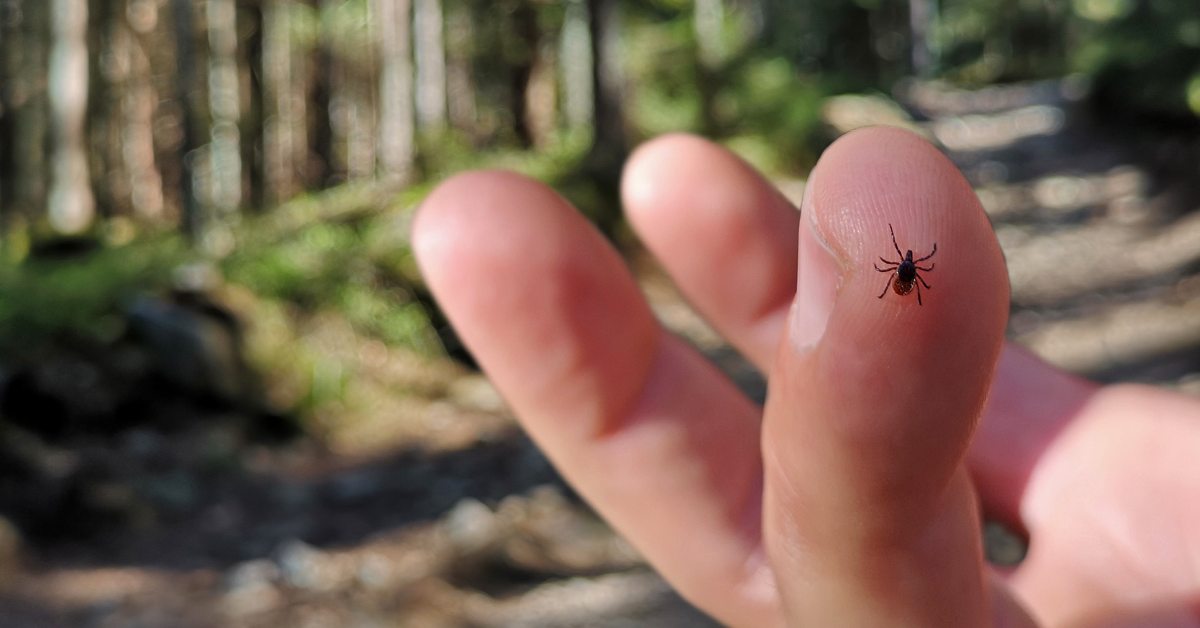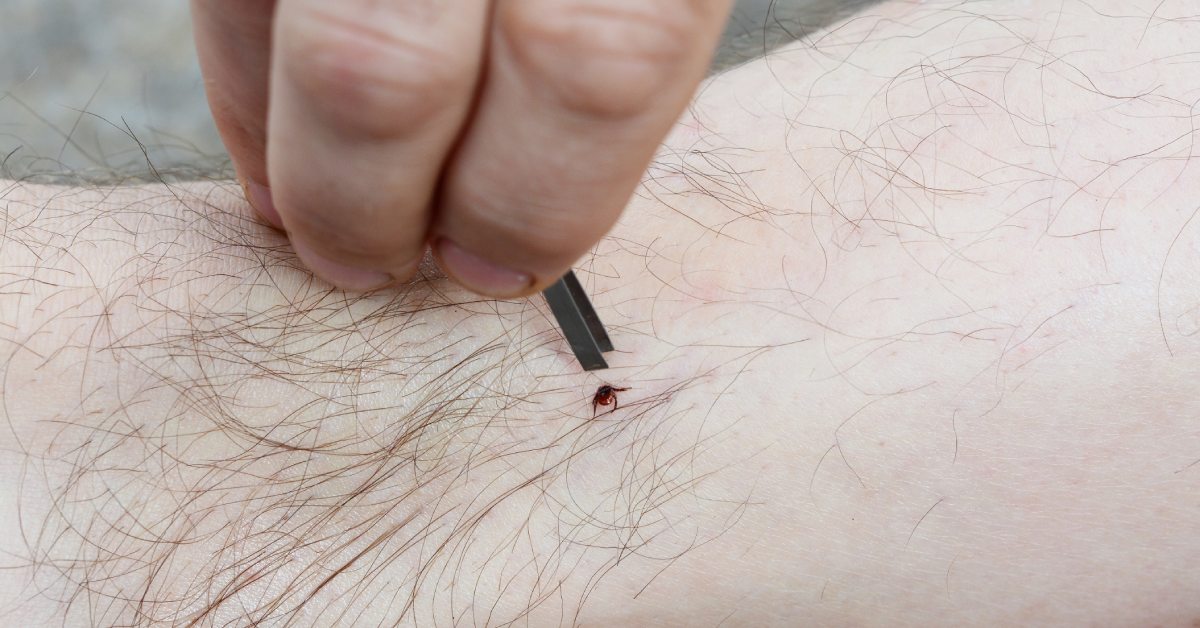Stay Safe From Ticks in the Adirondacks
Ticks are becoming increasingly prevalent, and although they're small in size, their ability to transmit diseases makes them a major hazard. Learn more about ticks and how to react if you find them on yourself or your pets.

Why are Ticks Dangerous?
There are many different species of ticks, but the deer tick (Ixodes scapularis) is one of the most feared due to its ability to transmit the largest number of diseases, including the bacterial infection Lyme disease.

Both young deer ticks (nymphs) and adults can transmit Lyme disease. Although they are not born with the disease, deer ticks become infected when they feed on infected animals.
If left untreated, Lyme disease can impact the nervous system, joints, skin, and cardiovascular system. The most obvious symptom of Lyme disease is a bullseye-shaped rash that appears near the bite site, but other symptoms include fatigue, stiff muscles and joints, headaches, and swollen glands.

When and Where are Ticks the Worst?
Tick season usually begins in May when a new crop of the arachnids is born, but depending on the temperature of the previous winter and its snowfall levels, the season can start earlier or later than that. April - September is normally the busiest season for ticks.
Ticks are typically less active during colder months, but don't die off unless there are extended periods of freezing temperatures.
Ticks are generally found no more than two feet off the ground in areas of brush, shrubs, tall grasses, and trees. Contrary to popular belief, deer ticks don't drop from high branches or jump onto people or animals. They latch onto a host by either climbing upward from the ground or by crawling onto the host when it makes direct contact.

How Can I Protect Myself from Ticks?
Wear Proper Clothing:
- Wear long sleeves and pants when outside in areas where ticks may be
- Wear light-colored clothing so you can easily spot any ticks that may crawl onto you
- Wear closed-toe shoes
- In high-risk areas, tuck in your shirt and tuck your pants into your socks
- Pull back long hair
- Use a safe tick repellent on your skin, clothes, and dog

Be Conscious Of Your Environment:
- Avoid areas with large amounts of vegetation
- Stay on well-cleared trails, and avoid brushing against any plants along the trail's edge
- Keep your lawn and yard well maintained
- Don't sit on decorative stone walls or on the ground without putting down a protective sheet first

Check & Re-Check Yourself And Your Pets:
- Whenever you come in from outside, thoroughly check yourself and your pets for ticks
- Pay special attention to clothing borders (the tops of your socks, the sleeves of your shirt) and joints (elbows, behind the knees)
- Thoroughly check any gear you had with you outdoors that you're bringing into your home
What Should I Do if I Find a Tick?
After a day in the woods hiking, camping, or fishing, you may see tiny black specks on yourself or your dog. At first glance, you may think they're just harmless bugs, but upon further inspection, you could realize they're ticks.
If you find a tick, it is important to stay calm. Not all ticks transmit diseases, but it is still important to remove them as quickly and calmly as possible.

If the tick is not attached, use a plastic bag or a glove to pick the tick up. Never grab it with your bare hands! Once you have the tick, either seal it in the bag or another container, or submerge it in alcohol.
Be sure to thoroughly wash your hands and your skin afterward. Keep in mind that you should never attempt to crush a tick, especially not with your bare fingers.
If the tick is attached, use fine-tipped tweezers to remove it:
- Grasp the tick as close to the skin's surface as possible - the goal is to remove the entire tick at once
- Using steady pressure, pull straight upward - don't jerk or twist the tick
- Dispose of the tick by either sealing it in a plastic bag or submerging it in alcohol
- Clean the site of the bite with soap and water, an iodine scrub, or rubbing alcohol
- Thoroughly wash your hands afterward
If you begin experiencing symptoms like a rash or fever in the weeks following tick removal, be sure to visit a doctor.